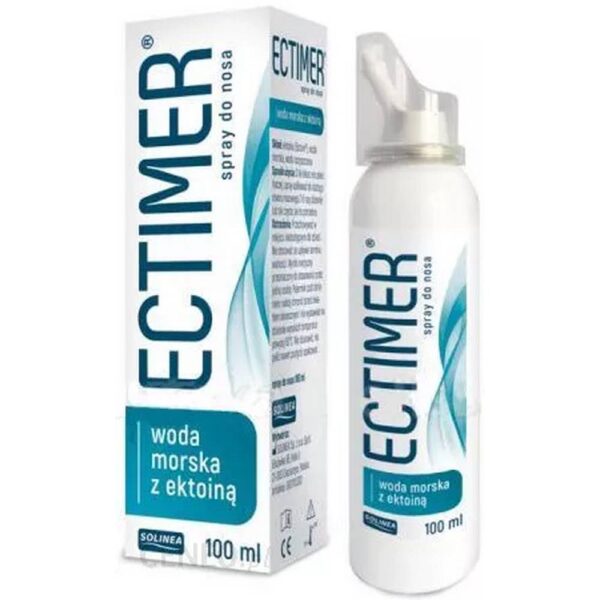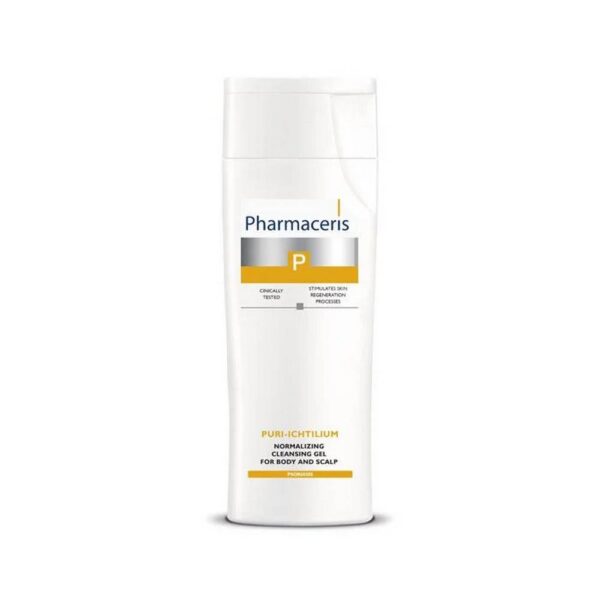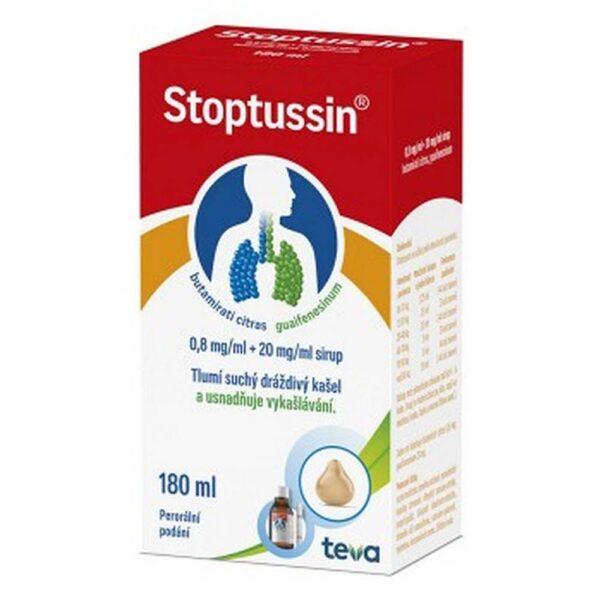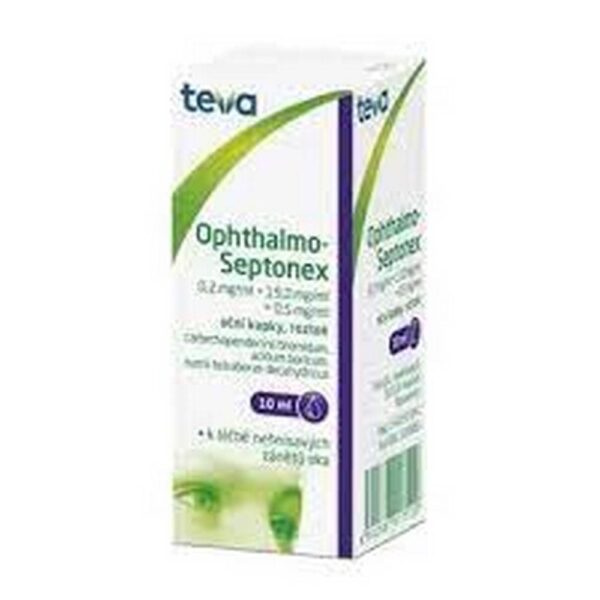Description
The drug Thiocodin has an antitussive effect that inhibits the cough reflex.
Composition
The active ingredients of the drug are: codeine phosphate phosphate monohydrate o sulfoguajacol
1 tablet contains 15 mg of codeine phosphate hemihydrate and 300 mg of sulfoguaiacol.
Other Ingredients: Talc, potato starch, magnesium stearate.
Dosage
Always use this medicine exactly as described in the package leaflet or as your doctor or pharmacist has told you. If you are not sure, ask your doctor or pharmacist.
Adults and adolescents over 12 years of age: 1 tablet 3 times a day, not more than every 4 to 6 hours.
The drug should be taken orally, during a meal. The tablet should be swallowed whole with a glass of water.
You must drink at least 2 liters of fluid throughout the day. This will make it easier to expectorate secretions.
Action
Thiocodine tablets contain two active substances: codeine phosphate hemihydrate and sulfogaiacol. Codeine phosphate hemihydrate has an antitussive effect, inhibits the cough reflex, reducing the frequency of coughing fits. Sulfogujacol has an expectorant effect, facilitates the movement of liquefied secretions in the respiratory tract and their expectoration. Thiocodine tablets should only be used orally.
indicate
Treatment of dry, persistent cough without expectoration of secretions.
Contraindications
Don’t take Thiocodin
if you are allergic to codeine phosphate hemihydrate, sulfoguajacol, or any of the other ingredients of this medicine.
if you have bronchial asthma,
if you have respiratory failure (difficulty breathing, such as shortness of breath, slow and/or irregular breathing, emphysema),
if you are in a coma,
if you have cystic fibrosis (a genetic disorder that produces extremely sticky mucus);
if you have bronchiectasis (chronic bronchitis, manifested by coughing up a large amount of secretions);
if you are addicted to alcohol,
if you are dependent on opioids (morphine, heroin);
if you are under 12 years old.
if the patient’s metabolism of codeine to morphine is known to be very rapid;
if you are pregnant
if you are breastfeeding
if you are coughing up secretions (because this medicine suppresses the cough reflex and may cause excessive retention of secretions in the airways)
Side effects
Like all medicines, this medicine can cause side effects, although not everyone gets them.
Very common side effects (may affect more than 1 in 10 people): nausea and vomiting, constipation, dizziness, sedation.
Uncommon side effects (may affect up to 1 in 100 people): allergic reactions (itching, hives, rash, skin pimples), sudden mood changes (excessive joy or sadness), respiratory problems (decreased breathing rate and plaques, irregular breathing), bronchospasm , palpitations, drop in blood pressure and fainting, drowsiness, constriction of the pupils, urinary retention, headache, acute abdominal pain (mainly in patients after removal of the biliary follicle), loss of appetite, increased sweating, hallucinations (perception of non-existent objects), visual impairment and hearing, irritation of the mucous membrane of the gastrointestinal tract, a symptom of which may be, m.in, pain in the stomach (after taking large doses of the drug).
Warnings and Precautions
Keep this medicine out of sight and reach of children.
Store below 25°C.
Use of other medicines
Tell your doctor or pharmacist if you are taking, have recently taken or may be taking any other medicines.
Thiocodin should not be used with the following medicines:
anxiolytics (eg chlorpromazine, diazepam, temazepam),
antidepressants (for example, monoamine oxidase inhibitors such as moclobemide, or tricyclic antidepressants such as amitriptyline) and within 14 days after stopping these drugs,
antihistamines (drugs used m.in for allergic diseases);
sleeping pills (eg diazepam, temazepam),
cytostatics (drugs used for cancer);
opioid analgesics (morphine, heroin),
relaxation of skeletal muscles (for example, diazepam, tetrazepam and temazepam – drugs used to reduce increased muscle tone);
clonidine (a medicine used to treat hypertension);
medicines used for Parkinson’s disease (eg, levodopa, selegiline),
metoclopramide (a drug with antiemetic and stimulating intestinal motility, i.e. bowel function);
quinidine (a medicine used for heart rhythm disorders);
antibiotic – rifampicin,
alcohol-containing medicines.
Use of the drug with food and drink
Do not drink alcohol while taking this medicine. Alcohol can increase the effect of codeine. Keep in mind that alcohol can be a component of some foods and medicines.
Opis
Lek Thiocodin ma działanie przeciwkaszlowe, które hamuje odruch kaszlowy.
Kompozycja
Aktywnymi składnikami leku są: fosforan kodeiny jednowodny fosforan o sulfoguajacol
1 tabletka zawiera 15 mg półwodnego fosforanu kodeiny i 300 mg sulfogwajakolu.
Pozostałe składniki: talk, skrobia ziemniaczana, stearynian magnezu.
Dawkowanie
Ten lek należy zawsze stosować zgodnie z opisem w ulotce dla pacjenta lub zgodnie z zaleceniami lekarza lub farmaceuty. W razie wątpliwości należy zwrócić się do lekarza lub farmaceuty.
Dorośli i młodzież powyżej 12 roku życia: 1 tabletka 3 razy dziennie, nie częściej niż co 4 do 6 godzin.
Lek należy przyjmować doustnie, podczas posiłku. Tabletkę należy połykać w całości, popijając szklanką wody.
Musisz pić co najmniej 2 litry płynów w ciągu dnia. Ułatwi to odkrztuszanie wydzieliny.
Akcja
Tabletki tiokodyny zawierają dwie substancje czynne: półwodny fosforan kodeiny i sulfogaiakol. Półwodny fosforan kodeiny działa przeciwkaszlowo, hamuje odruch kaszlowy, zmniejszając częstotliwość napadów kaszlu. Sulfogujakol działa wykrztuśnie, ułatwia ruch upłynnionych wydzielin w drogach oddechowych i ich odkrztuszanie. Tabletki Thiocodine należy stosować wyłącznie doustnie.
wskazać
Leczenie suchego, uporczywego kaszlu bez odkrztuszania wydzieliny.
Przeciwwskazania
Nie bierz Thiocodin
jeśli pacjent ma uczulenie na półwodny fosforan kodeiny, sulfoguajakol lub którykolwiek z pozostałych składników tego leku.
jeśli masz astmę oskrzelową,
jeśli u pacjenta występuje niewydolność oddechowa (trudności w oddychaniu, takie jak duszność, powolny i (lub) nieregularny oddech, rozedma),
jeśli jesteś w śpiączce,
jeśli u pacjenta występuje mukowiscydoza (choroba genetyczna powodująca wytwarzanie bardzo lepkiego śluzu);
jeśli masz rozstrzenie oskrzeli (przewlekłe zapalenie oskrzeli objawiające się odkrztuszaniem dużej ilości wydzieliny);
jeśli jesteś uzależniony od alkoholu,
jeśli jesteś uzależniony od opioidów (morfina, heroina);
jeśli masz mniej niż 12 lat.
jeśli wiadomo, że metabolizm kodeiny do morfiny u pacjenta jest bardzo szybki;
jeśli jesteś w ciąży
jeśli karmisz piersią
kaszel wydzieliny (ponieważ lek ten hamuje odruch kaszlowy i może powodować nadmierne zatrzymywanie wydzieliny w drogach oddechowych)
Skutki uboczne
Jak każdy lek, tak i ten lek może powodować działania niepożądane, chociaż nie u każdego one wystąpią.
Bardzo częste działania niepożądane (mogą wystąpić u więcej niż 1 na 10 osób): nudności i wymioty, zaparcia, zawroty głowy, uspokojenie polekowe.
Niezbyt częste działania niepożądane (mogą wystąpić u nie więcej niż 1 na 100 osób): reakcje alergiczne (swędzenie, pokrzywka, wysypka, pryszcze skórne), nagłe zmiany nastroju (nadmierna radość lub smutek), problemy z oddychaniem (zmniejszona częstość oddechów i płytki nazębne, nieregularny oddech), skurcz oskrzeli, kołatanie serca, spadek ciśnienia krwi i omdlenia, senność, zwężenie źrenic, zatrzymanie moczu, ból głowy, ostry ból brzucha (głównie u pacjentów po usunięciu pęcherzyka żółciowego), utrata apetytu, zwiększona potliwość, omamy (postrzeganie -obiekty istniejące), zaburzenia widzenia i słuchu, podrażnienie błony śluzowej przewodu pokarmowego, którego objawem może być m.in. ból żołądka (po zażyciu dużych dawek leku).
Ostrzeżenia i środki
Lek należy przechowywać w miejscu niewidocznym i niedostępnym dla dzieci.
Przechowywać w temperaturze poniżej 25°C.
Stosowanie innych leków
Należy powiedzieć lekarzowi lub farmaceucie, jeśli pacjent przyjmuje, ostatnio przyjmował lub może przyjmować jakiekolwiek inne leki.
Thiocodin nie powinien być stosowany z następującymi lekami:
anksjolityki (np. chlorpromazyna, diazepam, temazepam),
leki przeciwdepresyjne (np. inhibitory monoaminooksydazy, takie jak moklobemid, lub trójpierścieniowe leki przeciwdepresyjne, takie jak amitryptylina) oraz w ciągu 14 dni po odstawieniu tych leków,
leki przeciwhistaminowe (leki stosowane m.in w chorobach alergicznych);
tabletki nasenne (np. diazepam, temazepam),
cytostatyki (leki stosowane w leczeniu raka);
opioidowe leki przeciwbólowe (morfina, heroina),
rozluźnienie mięśni szkieletowych (na przykład diazepam, tetrazepam i temazepam – leki stosowane w celu zmniejszenia zwiększonego napięcia mięśniowego);
klonidyna (lek stosowany w leczeniu nadciśnienia);
leki stosowane w chorobie Parkinsona (np. lewodopa, selegilina),
metoklopramid (lek o działaniu przeciwwymiotnym i stymulującym motorykę jelit, czyli czynność jelit);
chinidyna (lek stosowany w zaburzeniach rytmu serca);
antybiotyk – ryfampicyna,
leki zawierające alkohol.












